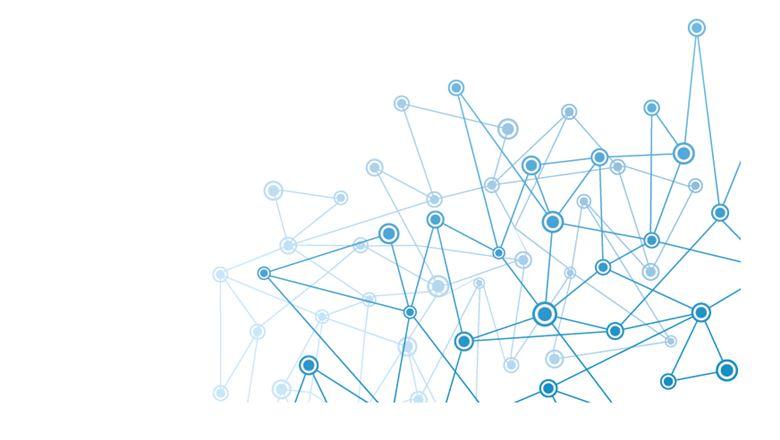Patrick Dorsey
Patrick Dorsey is executive vice president of marketing at Impexium in McLean, Virginia.

Three ways to connect association management systems and learning management systems to ensure long-term member engagement by focusing on personalized professional development opportunities and other resources.
For many of today's leading associations, their association management system (AMS) and learning management system (LMS) are mission-critical platforms that not only help staff manage the day-to-day operations of the organization and allow members and prospects to interact but also provide insight into key metrics regarding the health of the organization. However, the most advanced platforms in the world are only as good as the information and actions that individuals can produce from it.
The problem is no longer having access to data. Rather, it's having too much data. In fact, the increasing amount of data may actually decrease visibility into what matters most. With this in mind, the following steps reflect a starting point to unlocking the enormous potential of your association's combined LMS and AMS data to drive decisions and transform the depth, relevance, and types of engagement with prospects and existing members—especially new members. Doing so will ensure long-term member engagement and higher renewal rates.
The first step to achieving these goals is to integrate online learning and other professional development opportunities found in your LMS into existing onboarding and welcome programs initiated and managed from the AMS. For example, welcome emails to new members should introduce the library of training and educational resources available and include a link to browse a catalog of relevant courses, specific to their membership type, in the LMS.
The ultimate goal: Create course content tailored for each of the association's member types as well as member segments.
To encourage members to participate, courses should be scheduled throughout the year to give them multiple opportunities to engage. If possible, during the first month of membership, associations may want to consider increasing the frequency of available courses and communications. Start dates and deadlines to register for online courses often create a sense of urgency to drive action and engagement. Courses should also be optimized for various types of media, devices, and browsers to accommodate different styles of learners.
On top of offering a variety of courses, associations need to measure member engagement on an engagement map. This map should include information like:
A commitment to ongoing analysis of these various engagement metrics should help tweak existing member initiatives and onboarding programs, as well as identify members in need of re-engagement. Equally, the analysis of the combined AMS and LMS data should help identify those members with the highest levels of engagement. These passionate advocates can be recruited to help drive membership initiatives, generate content (e.g., contribute to the association's blog), or share their experiences with prospects.
Yet, simply introducing online courses to the new members or adding them to an engagement map is not enough to ensure a lifetime of engagement or membership renewal. However, by combining the LMS and AMS data to segment, track, and analyze various member behaviors, associations can create individualized onboarding, engagement and renewal strategies for specific members or specific member types. The ultimate goal: Create course content tailored for each of the association's member types as well as member segments.
A member persona is a semi-fictional representation of a member (or specific member type) that helps identify and determine their respective needs and pain points. To create a member persona, one might consider the following pieces of data:
The main objective in creating a member persona is to build a deeper understanding of the needs and objectives of each member to enhance future communications, resources (including online education), and engagement opportunities.
Once personas are created, new members can be automatically enrolled in courses managed in the LMS—or in other strategic onboarding initiatives—based on the appropriate persona in the AMS and other triggers initiated in the membership database. As a best practice, associations should review the personas on scheduled intervals to assess their relevance to their current business environment and membership.
Drawing parallels between communications, building engagement maps, and creating member personas are simple but effective ways to start leveraging the powerful data captured in your AMS and LMS to uncover and prioritize the actions needed to drive retention, engagement, and revenue initiatives.